Minds On
Plants as food
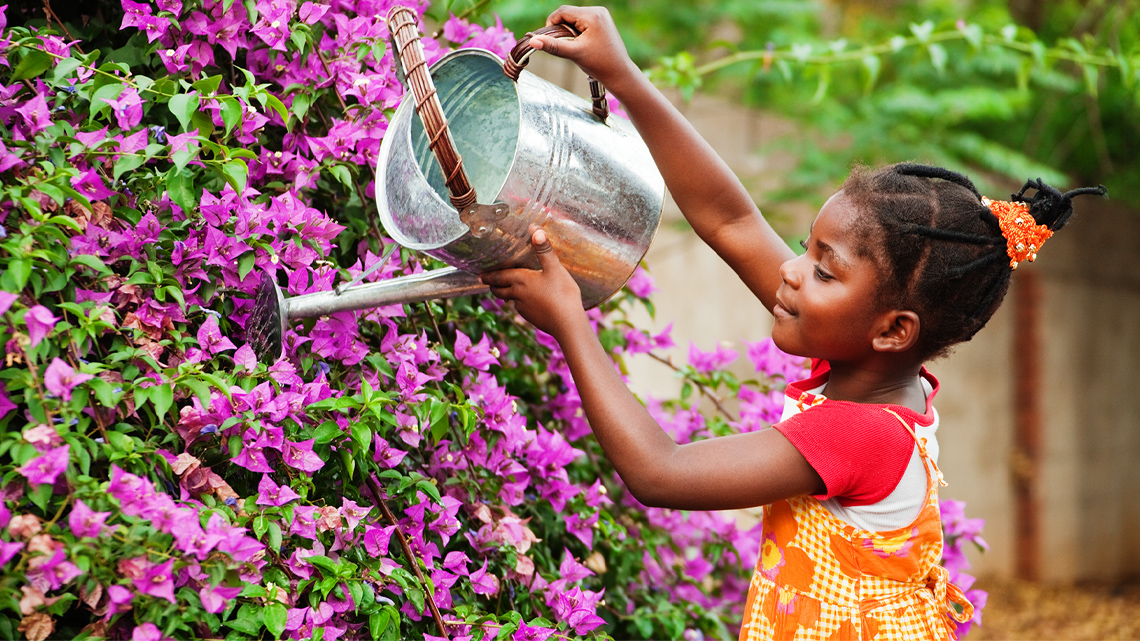
Plants are very useful. People get much of their food from plants.
What are the parts of a plant that people can use for food?
Press on each part of the plant that we can use as food.
Let’s match the plant part to an example of food that people eat.
For each part of the plant, select the corresponding food that many eat.
Action
United Nations and zero hunger
Connecting to the world
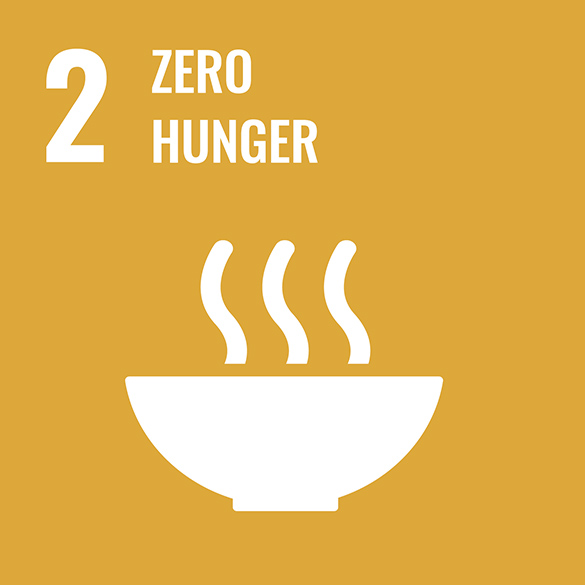
The United Nations (UN) is a group of many countries from around the world that have come together to create a better future for people and the environment. They have created 17 goals called the Sustainable Development Goals.
This learning activity is connected to Goal #2 which is called Zero Hunger. This means that everyone should have access to safe and nutritious food. Nutritious food helps someone grow and gives them energy.
Using plants for food is one way that people all over the world can help each other access safe and nutritious food.
Food in the community
Not all plants can be grown everywhere throughout the world. In Ontario’s Curve Lake, Marissa’s Ojibwe family grows and harvests wild rice.
Check out this video entitled “Marissa” to learn more about how Marissa collects the rice from the stalks at the edge of the lake.
Select the correct answer, then press ‘Check Answer’ to see how you did.
In Kitigan Zibi, Quebec, Quill is searching for wild garlic plant in her community. Her mom will use the garlic for food.
Explore this video entitled “Quill” to learn more about the wild garlic plant in her community.
Select the correct answer, then press ‘Check Answer’ to see how you did.
Solutions
As part of the United Nations Goal #2 – Zero Hunger, communities are expanding the ways in which they can provide safe and nutritious food to others. Some of these solutions involve using plants as food to feed communities.
Using vegetables
Planting and maintaining a community garden is one way to feed a community. Where can the plants come from that grow in the garden?
The ends of various vegetables can be used to grow new vegetables!
Explore the following video to learn how the ends, or other pieces, of vegetables can be used to grow and produce new vegetables.
After exploring the video, reflect on what we have learnt.
Select the correct answer, then press ‘Check Answer’ to see how you did.
Pause and Reflect
Pause and reflect
Reflect and respond to the following questions:
- How can using the ends of vegetables to grow new vegetables be good for a community garden?
- Do you think there can be any challenges to using the ends of vegetables in a community garden?
- How can you create a community garden in areas of the world that do not have good soil for growing plants?
Record your ideas in a notebook or another method of your choice.
Press ‘Hint’ to access a detail.
These communities include those where the ground is frozen, communities in the middle of a big city, or communities in areas that are very dry.
Hydroponics
Using water and fish to grow vegetables? Yes!
Hydroponics is the process in which food is grown in water in an aquaculture (when you raise fish or shellfish in a tank of water) habitat that can give nutrients or food to the plants.
When planted in soil, a plant’s roots need to search for nutrients, but when using hydroponics, a plant is directly given the nutrients and water that it needs to grow.
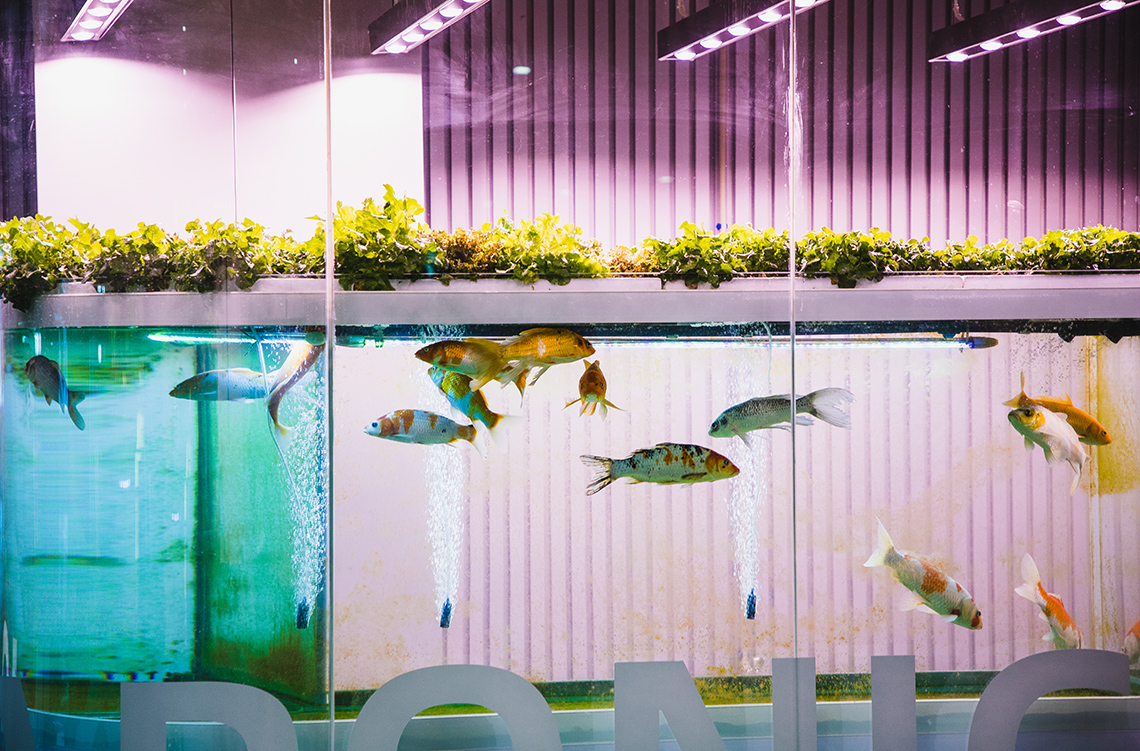
How can aquaponics help with people’s access to food?
Countries around the world are using hydroponics to provide more food for their communities.
Let’s explore the following world map.
In these countries, more communities are able to access safe and nutritious food by using hydroponics to grow plants.

A map of the world. The following countries are highlighted and labelled: Canada, United States, United Kingdom, Netherlands, India, Japan, South Africa, and Australia.
Check out the following video to learn about a school in New York City that is using a hydroponic farm to provide healthy lunches!
After exploring the video, let’s think about the following questions:
- How can using water to grow vegetables be good for a community garden?
- Do you think there can be any challenges to using this method of growing vegetables for a community garden?
Record your thoughts and ideas in a notebook or another method of your choice.
Designing a community garden
Scientists plan, design, build, and test models using a process called the Engineering Design Process.
Check out the steps of the Engineering Design Process.

In science, we ask questions to help us figure out what the problem is.

Brainstorming is when you think about ideas, like how to solve a problem.

When you plan something, you think about the steps you have to follow and the materials you will need.

It’s time to build. Gather your materials and your plan, and start building!

Testing lets you try out your design to see if it works.

Improving is about making your design even better.

Sharing what you have learned lets other people know about your topic too!
In this section, we are going to:
- understand the problem
- brainstorm possible solutions
- plan a solution
- design the model
- share the design
We have learned about the United Nation Sustainable Development Goal #2 – Zero Hunger, and about possible solutions that include using parts of plants to grow food for communities.
Try it
Try it
Design a community garden or a hydroponics garden that can be used at a community space to provide healthy and safe food for people.
Your garden could begin indoors using leftover plant parts, and then move outside. Alternatively, you can begin outside. It’s up to you!
You may use the following questions to guide your garden’s design, and to reflect on who you will need to involve and what you will plant.
As you plan and design, think about the following:
- Where might this community be?
- What type of garden would work best for this community?
- What will you plant in this community garden? Why are you choosing these plants?
- Where will your garden be? How will the community access it?
Complete the Ask, Think, Plan, & Share Activity in your notebook or using the following fillable and printable document. If you would like, you can use speech-to-text or audio recording tools to record your thoughts.
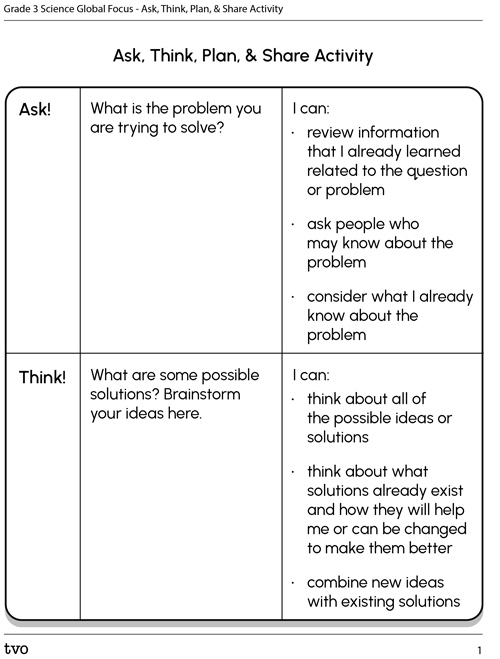
Press the Activity button to access the Ask, Think, Plan, & Share Activity.
Activity (Open PDF in a new tab)Reflect on the following checklist and your design.
Check each question you may have answered.
Consolidation
Learning check!
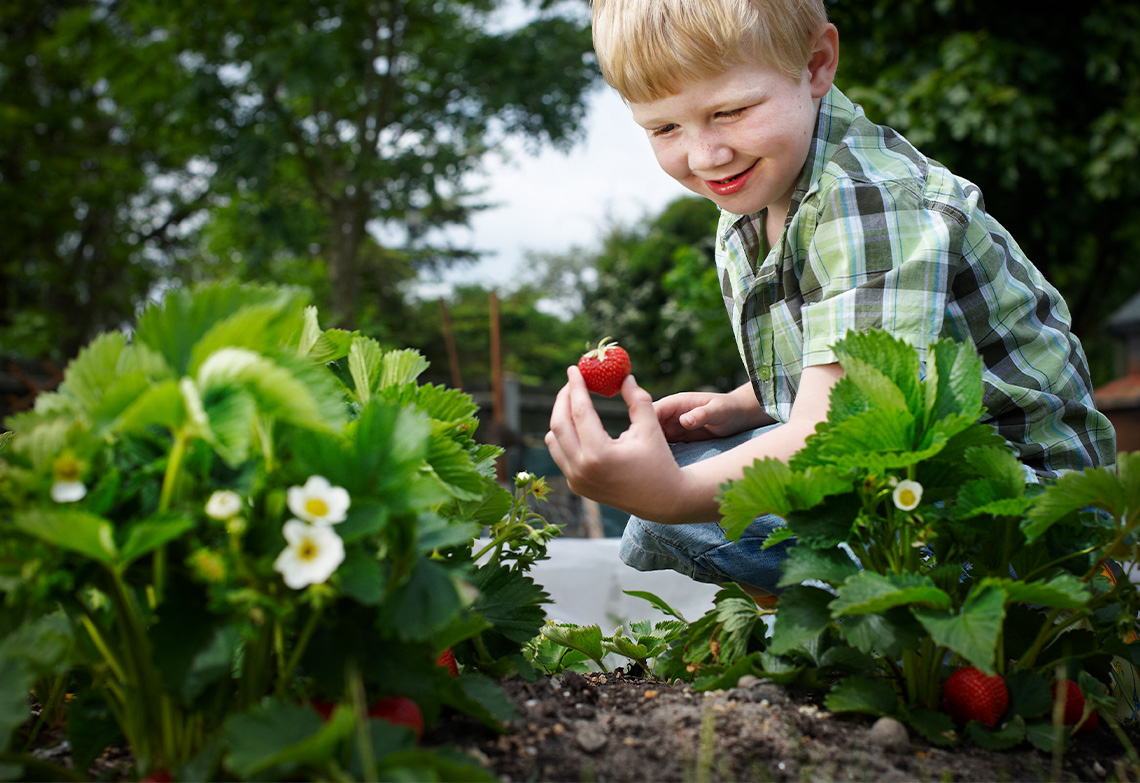
In this learning activity, we have learned about various ways that food can be provided to communities in a safe way. We also designed a community garden that can be used in a community space.
- If you were to build your garden, what might be the best part of building the garden? Why?
- What might be the most difficult part of building the garden? Why?
Record your thoughts in a notebook or another method of your choice.
Pause and Reflect
Pause and reflect

Let’s reflect on the following questions:
- How will your community garden help this community?
- What might be a challenge to building your community garden?
- What plants did you choose to plant in your community garden?
- Do you think there are any challenges to using these plants?
Record your thoughts and ideas in a notebook or another method of your choice.
Reflection
How do you feel about what you have learned in this activity? Which of the next four sentences best matches how you are feeling about your learning? Press the button that is beside this sentence.
I feel…
Now, record your ideas about your feelings using a voice recorder, speech-to-text, or writing tool.
Press ‘Discover More’ to extend your skills.
Discover MoreZero hunger in our communities
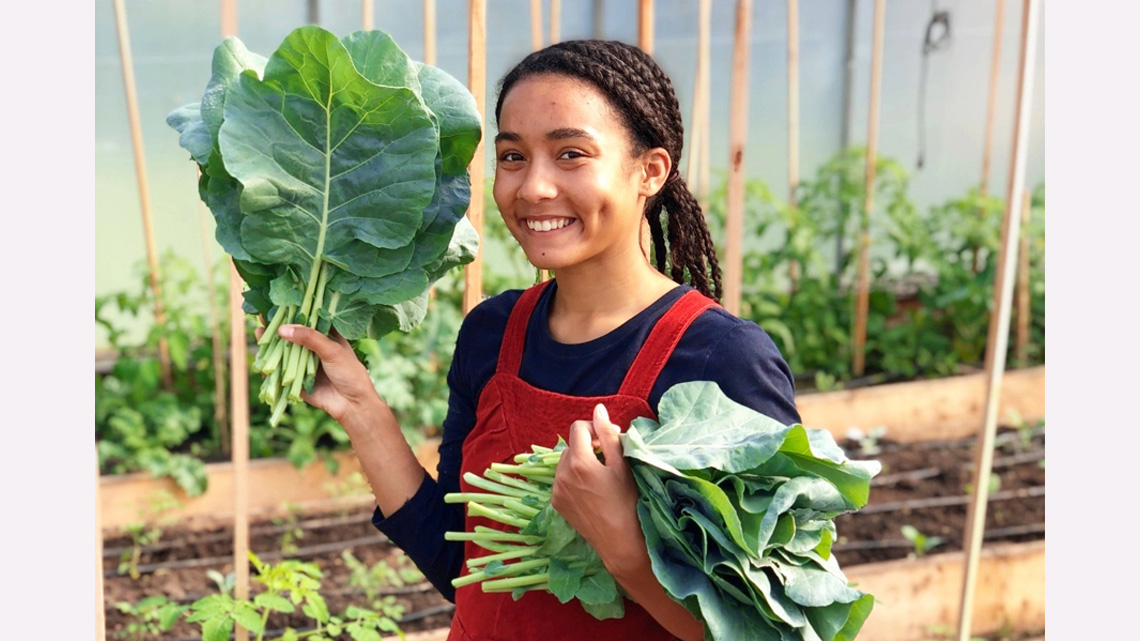
How can we work towards zero hunger in our communities?
Cheyenne Sundance is an urban farmer who is teaching youth in Toronto how to farm inside and out using greenhouses, and how to develop a relationship with the land while filling the need for organic, sustainable food sources in a city.
Check out the following video entitled “New Growth” to learn more about "Cheyenne Sundance’s work".
Another community of urban farmers has been created at a school in Toronto. Eastdale Collegiate students built a full garden on the roof of their school. What used to be a closed-in tennis court at this school in the middle of the city, has now become a place to learn and grow food for others.
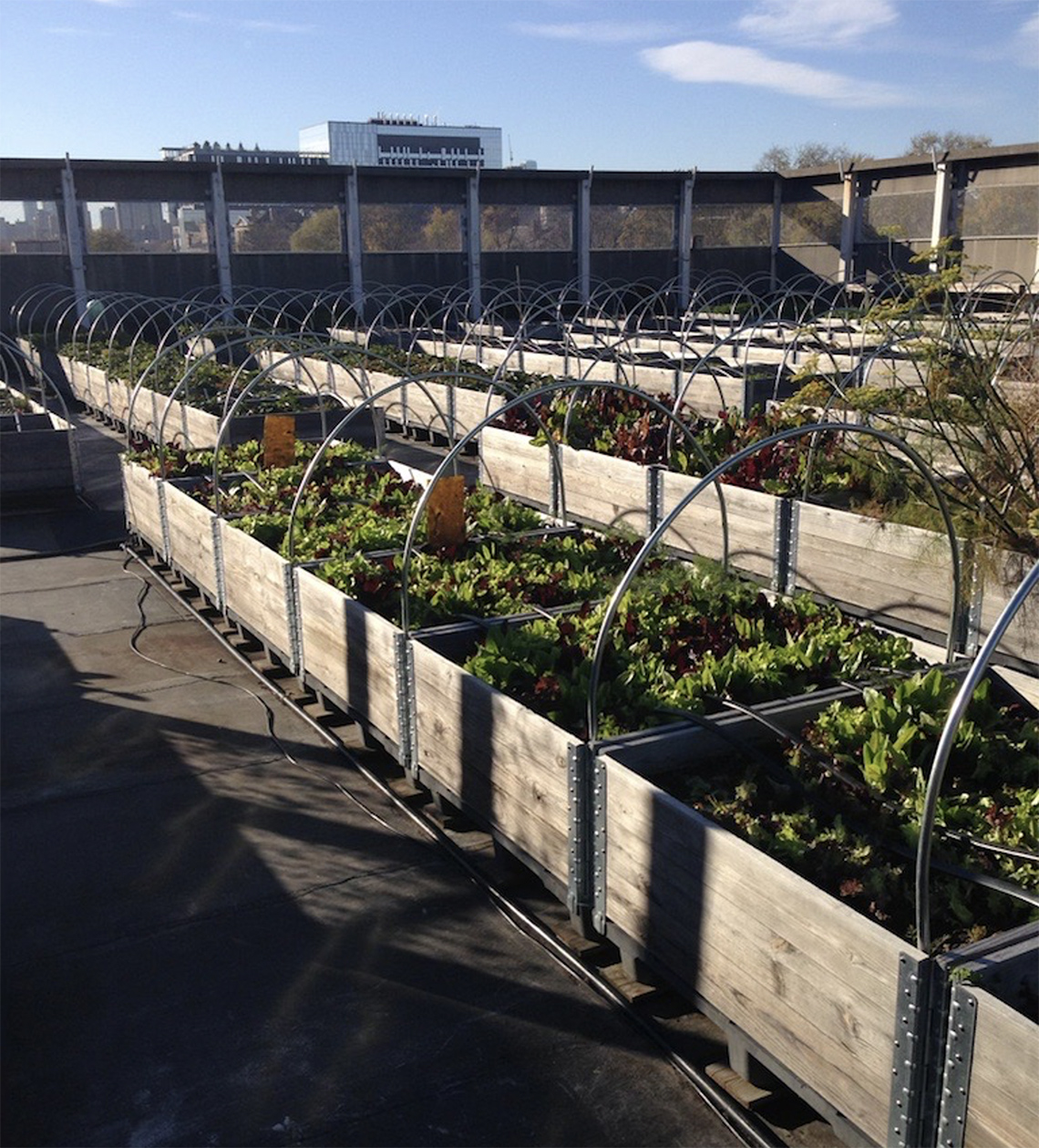
Access the following video entitled “School Grown Doors Open Timelapse at Eastdale Collegiate” to learn more about this school’s urban farming!